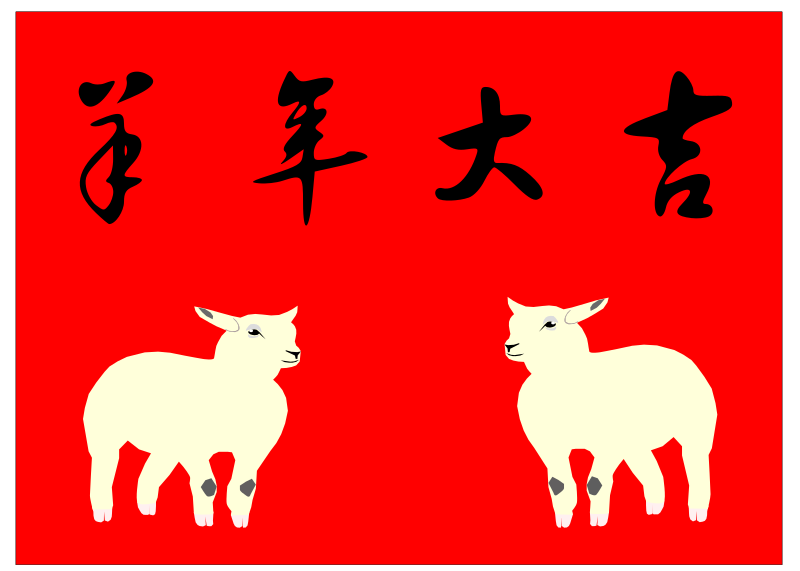This week unfolds the Lunar year of Sheep. Lunar new year has been celebrated with fireworks for almost a thousand years. What's the science in fireworks. Let's explore by starting with black powder.
Black powder was one of the greatest inventions of ancient China. It was invented by alchemists experimenting with a naturally-occurring salt, potassium nitrate while looking for an elixir of immortality. But in handling and heating the sensitive substance they inevitably discovered its explosive properties.
ancient book documenting how to make black powder
There are various chemical components in fireworks. The major chemical component is the lighting agent. The ideal lighting agent requires a long time of lighting from chemical reactions. Flare of firework needs to be supported with heated solid and liquid microparticles that release energy via chemical reaction. The temperature of flare from lighting agents can be over 2000 Celsius. The effieciency of lighting agent depends on the content of magnesium. The most commonly used lighting agent in fireworks contains 55% magnesium, 40% sodium nitrate and ~5% synthetic resin. The time of lighting can last from 30 seconds to a few minutes.
Besides lighting agent, there is also a component called flashing agent in fireworks. Flashing agent generate bright light in a short time (0.1 s). One type of flashing agent include aluminum-magnesium alloy, which is relatively safe. Another type of flashing agent additionally include potassium perchlorate (KClO4).
The other component of firework is called coloring agent. Coloring agents are comprised of different metal salts. Chemical reaction by the lighting and flashing agent generate large amount of heat. Such energy will excited the electrons of metal elements. This high-energy excited state does not last for long, and the excited electrons of the elements quickly release their energy. The amount of energy released can be characterized by a particular wavelength of light and varies from element to element. Higher energies correspond to shorter wavelength light, whose characteristic colors are located in the violet/blue region of the visible spectrum. Lower energies correspond to longer wavelength light, at the orange/red end of the spectrum.
The colors you see exploding in the sky are produced by the elements with the characteristic emissions listed in the table (source: http://scifun.chem.wisc.edu/chemweek/fireworks/fireworks.htm)
| Color | Compound | Wavelength (nm) | |
| red |
strontium salts, lithium salts
lithium carbonate, Li2CO3 = red strontium carbonate, SrCO3 = bright red | 652 | |
orange |
calcium salts
calcium chloride, CaCl2 | 628 | |
| yellow |
sodium salts
sodium chloride, NaCl | 610-621 | |
| green |
barium compounds + chlorine producer
barium chloride, BaCl2 | 589 | |
| blue |
copper compounds + chlorine producer
copper(I) chloride, CuCl | 505-535 | |
| purple | mixture of strontium (red) and copper (blue) compounds | 420-460 | |
| silver | burning aluminum, titanium, or magnesium |
More coming in the next post. ..

No comments:
Post a Comment